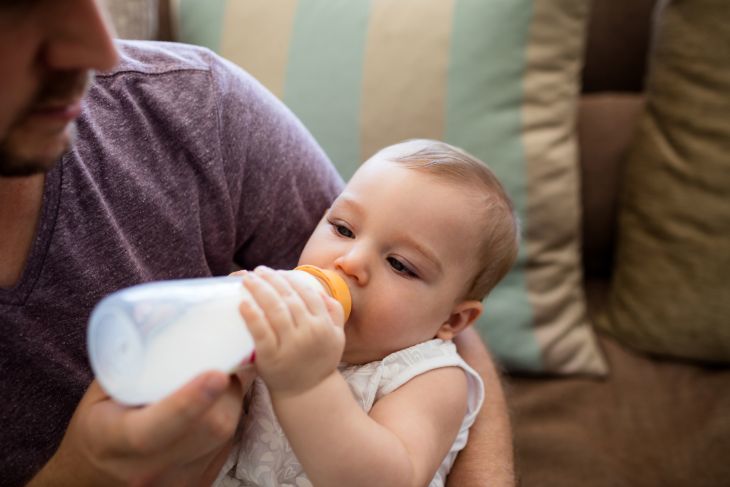3 Month Old Feeding Frenzy
- 6 to 8 months. She still needs breast milk or formula until her first birthday, but now eats small amounts of solid food as well and gradually wants more. Can start practicing drinking skills and hand-to-mouth coordination – without spills – by using a sippy cup.
- Sep 21, 2019 This is 22nd month update. Loomster is a sparkling gourami. This has been the calmest month for this tank. The plants are still growing very fast, but since.
- Aug 05, 2019 Cluster Feeding Tips This article full of cluster feeding tips has been written to help new mothers cope with the Cluster Feeding Newborn 7 Tips to Survive Fussy Evenings BellyBelly Cluster feeding is when babies bunch feeds close together at certain times of day.

3 Month Old Feeding Frenzy 1
PEDIATRIC FEEDING DISORDER: AN OVERVIEW
Jul 24, 2018 Most babies are satisfied with 3 to 4 ounces (90–120 mL) per feeding during the first month and increase that amount by 1 ounce (30 mL) per month until they reach a maximum of about 7 to 8 ounces (210–240 mL). If your baby consistently seems to want more or less than this, discuss it with your pediatrician.
2018: Updated the Azerite Trait simulation to account for the latest hotfixes. Feeding frenzy vs haze of rage. 25 Sep.
Feeding is an intricate combination and coordination of skills. It is the single most complex and physically demanding task an infant will complete for the first few weeks, and even months, of life. A single swallow requires the use of 26 muscles and 6 cranial nerves1 working in perfect harmony to move food and liquid through the body. When one or more pieces of the feeding puzzle are missing, out of order, or unclear, infants and children can have difficulty eating and drinking.

Pediatric feeding disorder (PFD) is impaired oral intake that is not age-appropriate and is associated with medical, nutritional, feeding skill, and/or psychosocial dysfunction2 . Conservative evaluations estimate that PFD affects more than 2.3 Million children under the age of 5 in the United States3 each year. For these infants and children, every bite of food can be painful, scary, or impossible, potentially impeding nutrition, development, growth, and overall well-being.